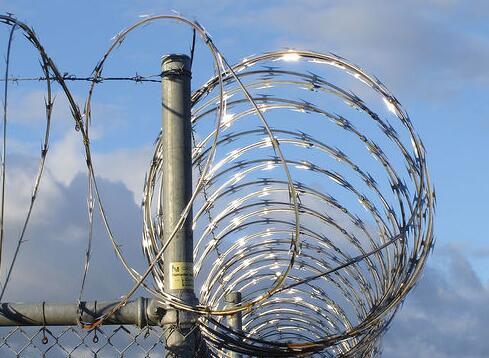Understanding Wire Screen Prices Factors and Trends
Wire screens, also known as wire mesh or wire cloth, are essential components in various industries, including construction, mining, agriculture, and manufacturing. They serve multiple purposes, from filtration and separation to reinforcement. Given their widespread applications, wire screen prices can vary significantly based on various factors.
One of the primary determinants of wire screen prices is the material from which they are made. Wire screens can be constructed from a variety of materials, including stainless steel, mild steel, brass, and synthetic fibers. Stainless steel wire screens tend to be more expensive due to their corrosion resistance and durability. In contrast, mild steel screens are often more affordable but may require additional protective coatings to enhance their lifespan in harsh environments. The choice of material not only affects the cost but also the suitability of the wire screen for specific applications.
Another crucial factor influencing wire screen prices is the wire diameter and mesh size. Thicker wires and finer mesh sizes usually lead to higher costs. This is because manufacturing finer meshes requires more precise engineering and additional processing steps. Therefore, when selecting a wire screen, it is important to consider the balance between the necessary filtration capability and the associated costs.
wire screen price

The manufacturing process also plays a significant role in determining wire screen prices. Custom-made screens that require specific sizes or unique specifications can be more costly than standard options. Mass-produced wire screens tend to benefit from economies of scale, which can reduce the overall price for consumers. Additionally, advanced manufacturing techniques such as automated production lines can also impact costs, as they may enhance efficiency but require significant investment.
Market demand and supply dynamics also significantly affect wire screen prices. For instance, a surge in construction projects or mining activities can lead to increased demand for wire screens, thus driving prices up. Conversely, during a market slowdown, prices may decrease as suppliers attempt to move inventory.
Shipping and logistics costs are additional factors that can impact the final price of wire screens. If a supplier is located far from the end-user, transportation costs can add to the overall price, particularly for large orders that require significant shipping resources.
In conclusion, wire screen prices are influenced by a complex interplay of material choice, manufacturing processes, mesh size, and market conditions. For businesses and consumers alike, understanding these factors is essential for making informed purchasing decisions. As industries continue to evolve, keeping an eye on these trends will help stakeholders anticipate pricing fluctuations and adapt accordingly. Whether for a simple filtration task or a complex industrial application, investing in the right wire screen at the best price is crucial for achieving optimal performance and cost-effectiveness.

















